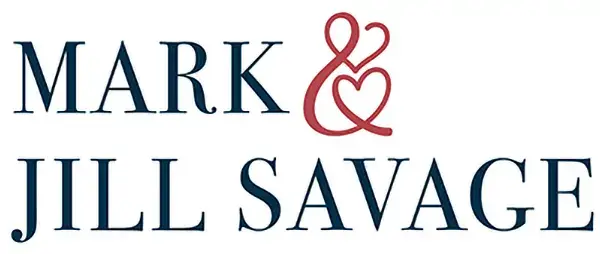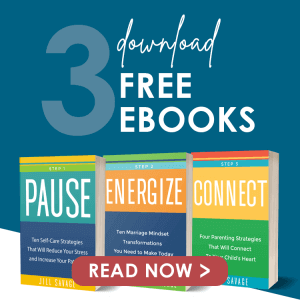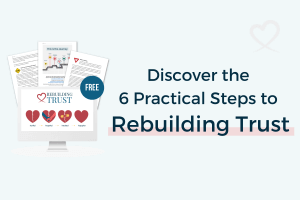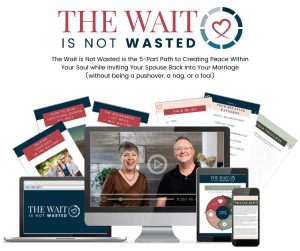Have you heard about the dog and cat marriage? It might sound like a crazy concept, but it’s one that has helped us not only understand each other, but also help other couples understand how attachment styles are impacting their marriage.
We created this idea of “dogs” and “cats” to explain the different attachment styles, and we’ve discovered that applying this concept is one of the top ways we see marriages change and heal in our coaching sessions.
Regardless of whether you are more of a “cat” or a “dog”, everyone can benefit from this helpful analogy to understand how your attachment style plays out in your relationships.
In this episode, you’ll hear:
- What it means to be a “dog” or a “cat” in your marriage
- Some tools to help you understand your attachment style
- Ways we can move toward a secure attachment style
- And more!
We hope this conversation helps you begin to better understand your attachment style!
Resources mentioned in this episode:
- Free Attachment Quiz
- Understanding Attachment Course
- Your Guide to Attachment Styles | #MarriageMonday
- As a thank you for listening, get your 3 free eBooks
My Key Takeaways:
1) Our relational needs develop in childhood. We first learn about attachment from the type of home we grow up in. This is where we can start to adopt some “dog” behaviors (anxious attachment) or “cat” behaviors (avoidant attachment). The good news is, once we discover which one we are, we can begin to work towards healthier behaviors.
2) Both the cat and the dog need to move to secure attachment. If we stay in our natural dog or cat state, what ends up happening is that the dog will smother the cat with their need for attention, while the cat may distance themselves or want to escape the relationship. Dogs need to do the inner work necessary to become less insecure about their value, understanding that true value doesn’t come from our spouse or any relationship. Meanwhile, cats need to learn how to engage and empathize with others, letting their walls down and opening themselves up to genuine connections with other people.
3) Just one person learning about attachment can change the relationship. You may be in a relationship where your spouse doesn’t have the time or interest to learn about their attachment style. That’s alright! If you take the time to learn about your own attachment style and how to move to a more secure attachment, that can make all the difference to shift the dynamic of your relationship.
Would you like to be notified by email when a new No More Perfect Podcast episode releases? Just fill in your name and email and we’ll make sure you’re in the know!













Hi Mark and Jill:
Thank you both so much for this episode and being honest and transparent about your marriage where one was the “dog” and the other the “cat” in the relationship. My spouse and I both enjoyed this episode and have a broader view of the meaning of the “cat” and “dog”.
I am looking forward to re-reading the “No More Perfect Marriage”.
Thank you so much for sharing your experience.
I’m so glad that you found the episode helpful! Thank you for sharing.
Thank you for this episode. I found it very helpful. I have question. Can you be both dog and cat? I feel that I oscillate between the 2. I am very much a people pleaser but then I get exhausted and need to retreat. People’s emotions overwhelm me, particularly those close to me, so I find the need to withdraw when this happens. It’s not that I don’t care or think they’re being over dramatic it just impacts my emotions. I am working on this and have made progress. I took the quiz and it says anxious attached, so I guess perhaps that’s me, but I still often avoid people and crave solitude so I’m not sure. Any thoughts?
Sarah, I think what you’re describing is that you are a introvert. Introverts are refueled by being alone. Extraverts are refueled by being with people. People often misunderstand introvert and extravert because they think it’s about being shy or outgoing. I’m an introvert but very outgoing. I think you are an anxious-attached introvert! 🙂